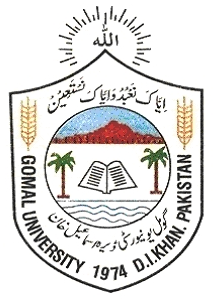
Textile printing is the most versatile and vital methodology for introducing colour and design to textile fabrics. Different types of thickeners (chemical compounds) are used for printing, such as polysaccharide thickener, synthetic thickener, and emulsion thickener. Synthetic thickeners are highly criticised for endangering the environment at the manufacturing stages.
Dr Dure Najaf Iqbal (Associate Professor, Department of Chemistry, The University of Lahore) and her team of researchers explored an eco-friendly alternative for synthetic thickeners that is effective in the textile printing process. The team revealed that guar gum could serve as an outstanding natural thickener, stabiliser, and gelling agent and could as well be used in various industrial units, including food, cosmetics, textiles, oil fracturing, and mining. Guar gum is one of the most important naturally occurring non-ionic high molecular weight polysaccharides and consists of galactomannan, which has vast applications in various fields.
Dr Iqbal and her team synthesised carboxymethyl guar gum (CMG) via monochloroacetic acid under alkaline conditions. The carboxymethylation of guar gum was accomplished by the Willianson ether technique and the reaction conditions were optimised during the course of the experiment. Guar derivatives with variable degrees of substitution (DS) were prepared and confirmed by Fourier transform infrared (FTIR) spectroscopy. The DS was determined quantitatively by the titration method for each derivative.
For this research study, native guar gum was purchased from National Guar Industries, Karachi, with a molecular weight of 1.043 106 g/mol. Whereas, all the chemicals and reagents used were of analytical grade and were purchased from Merck, Germany.
The result proved that the substituted guar gum is an eco-friendly, non-hazardous thickener as compared to synthetic thickeners. Furthermore, the penetration properties, fixation ability, and colour fastness of guar gum were compared with those of commercial alginate thickeners. The printing trial of the thickener CMG also showed that carboxymethyl guar gum could easily replace conventional thickeners without any compromise on printing results and could prevent fabric stiffness. The tested water-holding capacity (a central aspect that determines commercial applications of gums) of guar gum made it ideal for improving the texture of end products in diverse industrial formulations.
Also, it was revealed that the implementation of carboxymethyl guar gum in textile printing can reduce the economic burden associated with exporting alginate and other synthetic thickeners. This, in turn, could enable exporters to offer competitive pricing without compromising on quality.
